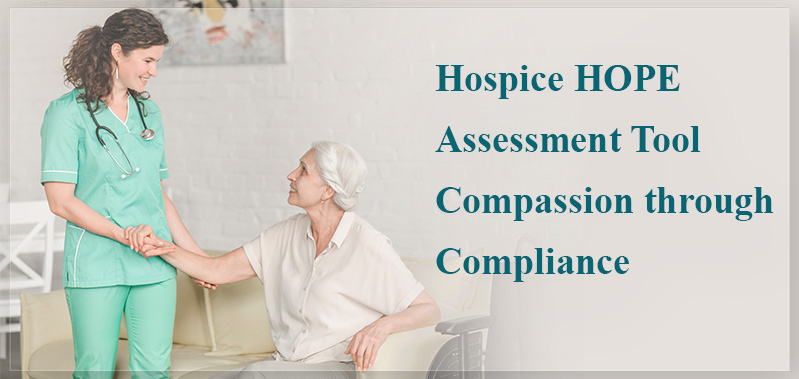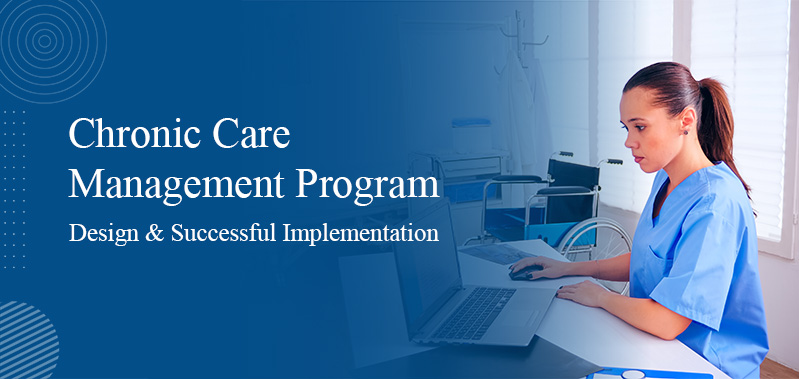
Hospice HOPE Assessment Tool: Compassion Through Compliance
In hospice, accuracy and tact are both foremost among priorities, and patient need instruments can make a considerable difference in quality of life for the days remaining. Among required advances is the HOPE Tool —a standard assessment tool created by the Centers for Medicare & Medicaid Services (CMS) as part of a greater initiative to continue to enhance documentation and delivery of hospice.
Used as part of CMS's overall approach to enhancing end-of-life care, the HOPE Tool is not a legalistic compliance regulation—it's the beginning of more individualised, data-infused practice in hospice care. It's designed to allow hospice providers to have clear information about patient status at the beginning and during hospice care so that more individualised, compassionate, and clinically informed decision-making can take place.
What is the HOPE Tool?
The HOPE Tool is a patient assessment system that gathers critical data elements at admission and at regular intervals along the course of a patient's hospice stay. Unlike common documentation patterns, the HOPE Tool is structured to address routine physical symptoms, psychosocial issues, caregiver burden, and spiritual distress—painting a picture of the patient experience.
With pre-populated questions and sample answers, the tool enables clinicians to invest time where it is most worthwhile: with comfort and dignity and quality monitoring compliance. It is also a focal point of CMS's attempt to align hospice care with the broader quality healthcare initiative.
Why the HOPE Tool Matters
There is no cookie-cutter hospice care. The patients present with complicated medical diagnoses, emotional/psychological concerns, family dynamics, and end-of-life desires. HOPE Tool sets disorder to order by making it easier to properly document symptomatology such as pain, anxiety, breathlessness, and quality of life.
Precise evaluations are as important to internal clinical processes as they are to federal compliance and performance measurement. The HOPE Tool is one part of CMS's comprehensive program of quality assurance to make hospices responsible for providing the best patient experience. It makes it the standard for hospice providers in all aspects.
The Role of HOPE Education & HOPE Training
Every day utilization of the HOPE Tool as hospice care relies on HOPE Training & HOPE Education. Not a matter of how to complete a form—of education care teams for the education, sensitivity, and consistency required in order to properly utilize the tool.
Training guarantees that employees not only master the technical application but also the empathetic purpose of each assessment question. Understanding how to ask a patient to quantify pain, for instance, is very different from asking so that they feel heard, respected, and understood. Emotional intelligence with clinical sensitivity is the recipe for good hospice practice.
Additionally, HOPE Training assists hospice personnel in working through situations involving a non-verbal patient, someone closed to all cultures, or someone cognitively impaired—situations that must be modified without violating the integrity of the assessment. It addresses best documentation practices, encourages interdisciplinary practice, and applies a universal language of care.
Real-World Impact: How the HOPE Tool Is Changing Hospice Care
Since the phased implementation, the HOPE Tool has started to enhance a more goal-oriented, intentional culture for hospice. Providers using it have reported more comprehensive symptom management plans, increased family involvement, and more definitive lines of communication between disciplines.
Consider the example of an agitated, dying cancer patient. HOPE-guided assessment would rapidly detect this trend in the moment with the hospice team, and the appropriate medication or counselling intervention can be started, with ongoing feedback on whether interventions hold up over time. Without guided data collection using the tool, this level of nuance is missing or perhaps not addressed system-wide.
Secondarily, HOPE data combined allow agencies to compare their performance measures, recognise system-wide deficits, and implement quality improvement activities with direct patient and family effect.
The Future of Hospice Care with HOP
With CMS's upcoming plans to mass implement the HOPE Tool, there is no doubt that this plan will be the new hospice care planning and documentation standard. But implementation is not enough—commitment is key.
Hospice executives will need to invest in ongoing HOPE Education & HOPE Training for staff, put proper resources in place to implement it, and establish a culture that views documentation as healing, not compliance. If the HOPE Tool is implemented as designed, it can be a very effective bridge from regulatory mandate to true care.
Companions Along the Way on Your Journey
To managers, healthcare workers, and clinicians who want to know how to effectively utilize the HOPE Tool and how to remain in compliance with CMS legislation, learning is paramount. That is where good learning websites are beneficial.
Conference Panel is a helpful webinar by experts in healthcare and hospice care news, like in-depth analyses of HOPE Education & HOPE Training. These sessions enable professionals to remain abreast of regulatory changes, improve documentation skills, and enhance patient and family care at a time of crisis in their lives. New and veteran providers' skills can be enhanced with the Conference Panel's expertise and guidance for the effective use of HOPE with compassion and compliance.



